A woodchipper is a mechanism that slices timber into tiny chips of wood. The Woodchipper is usually on wheels and is pulled behind a tractor. With three horsepower, Woodchipper gets control.
There may be a different motor or hydraulic crane depending on the power woodchipper. The Woodchipper can have an immaculate garden, and by removing the large trees, it releases a walking area.
Here we will teach you more about Woodchipper and chipper blade sharpening.
Woodchipper Blades
The central element of the Woodchipper is its blades. The blades will help break down all kinds of plant debris like branches, wood, leaves, twigs, etc.
So, it is the blades that go through a lot of wear and tear.
You will have to take care of the blades and consider chipper blade sharpening or replacement as per the needs.
Here we will give the complete information on how to take care of your Woodchipper and blades.
Instructions for Woodchipper Maintenance
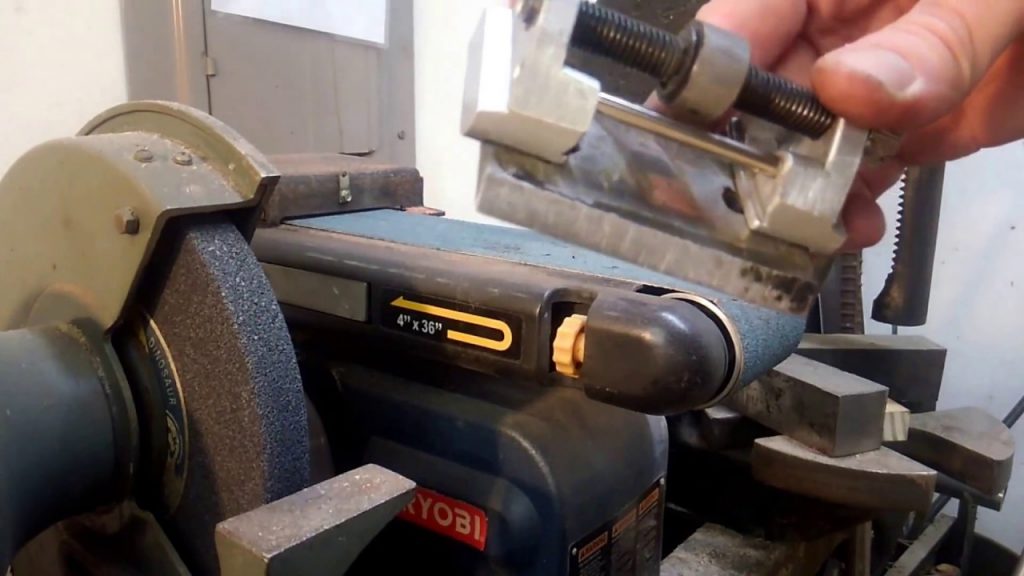
A machine that suffers from regular wear and tear is a woodchipper. If the chipper is supposed to be in an acceptable working condition, make sure the chipper is treated correctly. Follow these rules for your Woodchipper.
Keep Chipper Clean
Most people ignore this and do not clean their Woodchipper often. This often leads to the breakdown of the chipper. Make sure to clean your Woodchipper quite often and remove all the Debris that enters the machine while cleaning.
When you are using a pressure washer to clean the chipper, make sure to be careful around the engine.
Keep Your Blades Sharp
If you want your Woodchipper to last longer, this is very critical. When the chipper blades are blunt, the chopping trees’ productivity would be diminished. It would place strain on the blades by chopping trees with blunt blades. It would kill the Woodchipper finally. Keep the blades clean, often make sure the blades are sharp. When needed, adjust the blades.
Keep the Brakes Adjusted
There is an over-run braking mechanism for most chippers. From time to time, make sure to change it. You will have to change the brakes now and then while you use woodchippers a lot. They will even assist you on the highways.
Use Original and Genuine Parts
When your chipper breaks down, sometimes you will have to change the parts of the Woodchipper. Make sure when you change the parts, it is 100 percent genuine and original. Do not use fake or duplicate products.
It may work properly for a while, but it will fail soon. You will not be able to claim the warranty if it breaks down soon. Make sure to choose only genuine products.
Replace Your Chips
Anvil is more delicate than blades and does not need regular changes. However, it may wear and tear after a particular time. Make sure to take care of your chips and replace it as and when needed. If your chips are not working correctly, immediately replace it; otherwise, your Woodchipper will not work correctly.
Use Hitch Lock
Sometimes we ignore safety. Make sure to use the hitch lock. Even though you lock your truck, it is essential to use the hitch lock. You have got your Woodchipper and take care of it carefully, so make sure to take care of the safety.
Remember to Grease Bearings
Make sure to often oil the bearings. If you do not use the Woodchipper often, make sure to grease your chipper parts. Your chipper would not run appropriately if the oil is restricted.
You can check how to oil and how regularly to oil will be referenced in the client manual. In case you use the chipper frequently, then you should oil the bearing regularly.
Clean Your Air Filter
In a dusty setting, woodchippers are typically used. So, your air philter can gather a lot of dust and soil. Be sure to clean the air cleaner routinely. It would increase the fuel mileage by cleaning the air philter and increase the average life of the Woodchipper.
Take Care in Winters
If you live in freezing weather, it is essential to take care of the Woodchipper to keep it from frosting.
If the chipper freezes, it will block the engine and ultimately decrease the health of the Woodchipper. Make sure to search the battery regularly. Continue to test the winter pressures on tires.
How to Sharpen Woodchipper Blades?
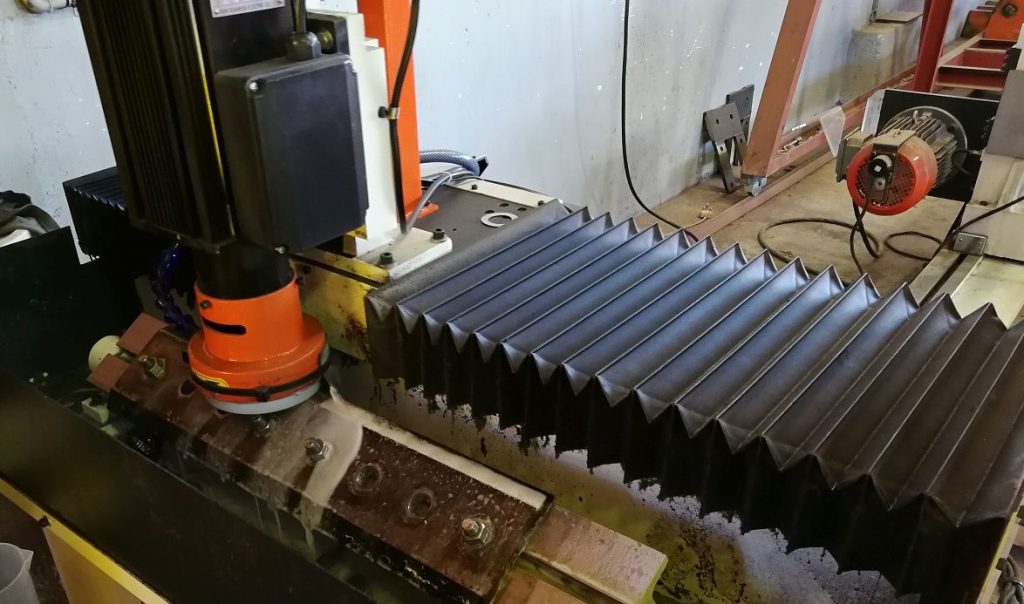
Choose the Correct Tool
Tools used for sharpening are manual hand sander, belt sander, disc sander, wet grinder, angle grinder, and bench mounted sander. Each blade of the Woodchipper is designed at a particular angle to chip the wood entirely. Make sure to use the correct tool when you are sharpening the blades. Each tool is used in a particular position for different blades.
Use Fine Grit Sandpaper or Grinding Wheel
When you are sharpening the blades, make sure to select the sandpaper with excellent grit. To sharp the blades, make sure to remove all the materials. It will only be possible if you use fine-grit sandpaper. If the grit is thick, it will be impossible to remove all the particles.
Remove as little material
Before beginning to sharpen the blades, make sure to maintain the angle of the blades. Until sharpening the knives, remove the components slowly. Do not take any of the elements as far away as possible.
If you cut too many pieces at a time, it will overheat and destroy the blades. The sharpening of the blade of the chipper is a slow operation. Do not hurry before sharpening the knives.
Eliminate Burr from Blades
The burr at the rear of the cutting edges is generally gathered. The by-product is a stick as you sharpen the edges of the blade. It should be removed, so the blades work accurately. To have the burr eliminated, utilize a whetstone.
Balance the Blades
Matching them is the last step in sharpening the blades. If you have more than one blade, make sure that you match them. When the blades are removed, weigh them before you bring them back in. When one weighs more than another, extract the extra material from the other.
How Often Blades Should Be Sharpen
One of the critical questions of the woodchipper owner is how often blades should be sharpened. Generally, Blades should be sharpened after every 25-50 hours of usage. Depending on the conditions, you may have to sharpen it earlier or later, depending on the blade’s condition.
You might have to sharpen the blades due to dull blades, overheating of the engine, chips on the blade, Chipping becomes difficult, heavy vibration when using a chipper, loud sound from the wood chipper, When Debris enters the hopper.
Factors That Affect Woodchipper Blades
Woodchipper may last to 75-150 hours of usage. It will depend on the usage and other factors as well.
- Types of Material Chipped: The life of the blade will depend on what material you chip. Hard surfaces will affect the blades sooner as the pressure applied will be more than soft surfaces like twigs and small shrubs.
- Debris entering the hopper: Make sure to clean the hopper regularly. If Debris is not removed regularly, it will affect the chipper’s working, eventually ruining the blades if not sharped or replaced correctly.
- Hardness and thickness of Blade: It is the most crucial aspect that affects the chipper’s blades. If hardness is not enough or it’s this, it will break down quickly, and blades will need to be changed easily.
- Blade Maintenance: It is necessary to take care of the blades properly. Otherwise, the Woodchipper can be damaged. Sharpen your blades regularly, clean the Debris, and other necessary precautions so that the blades are well cleaned. If the blades are working correctly, it will ensure that the chipper is working correctly.
Safety Is Important
Whatever Woodchipper you have, safety is essential. Before using the chipper, make sure to take care of all the safety precautions.
If the equipment is not handled correctly, it may cause some fatal accidents. Woodchipper consists of sharp blades, so make sure to take care when replacing it or sharpen chipper blades; otherwise, you may get some cuts.
Ensure you have all the maintenance tools handy as the chipper needs regular sharpening or replacing of blades.
When using the Woodchipper, make sure you do not put any extra load or break down quickly.
Keep the load light so that there is no issue with the chipper. If the load is too much, it will increase the risk of injury to the user.

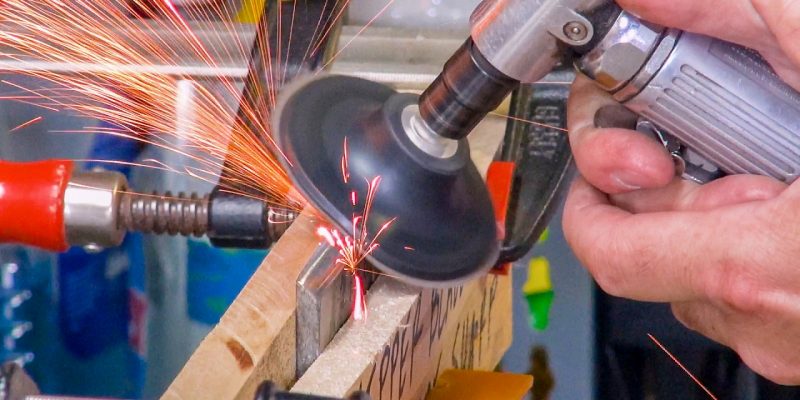
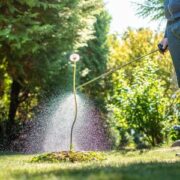
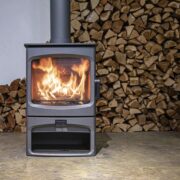
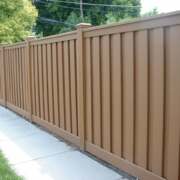
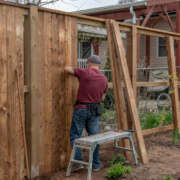
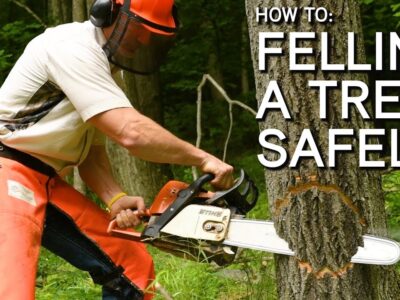
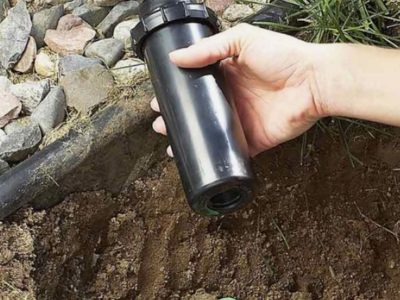
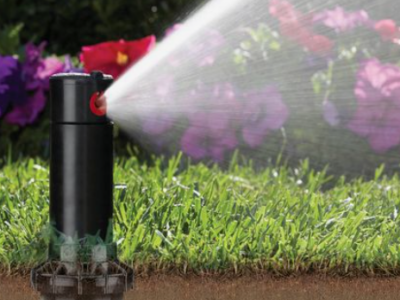
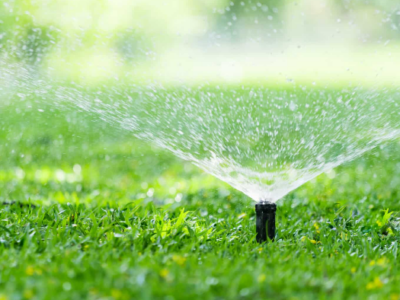
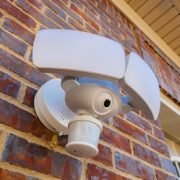
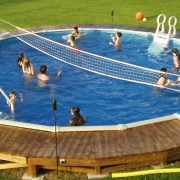


[…] use rather than just throwing them away. To increase the life of wood chipper we make sure that chipper blade sharpening happens from time to time, similarly, to increase the life of the earth we need to avoid wasting […]